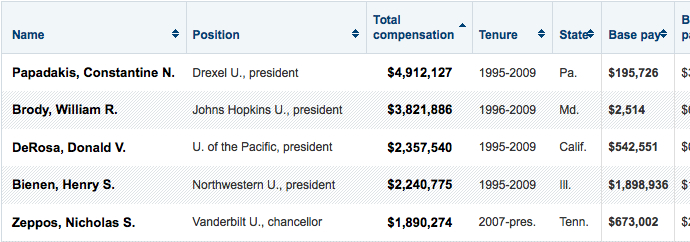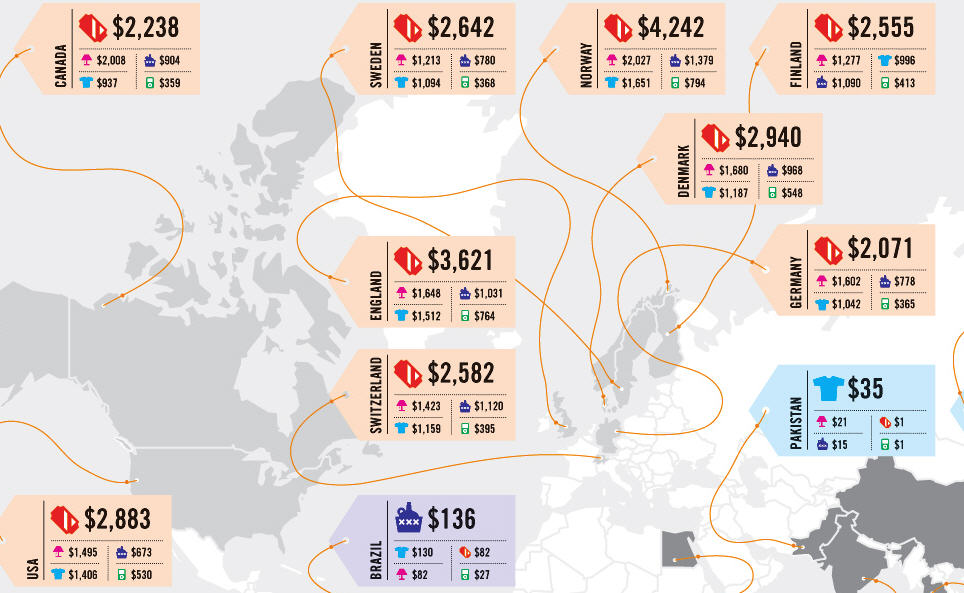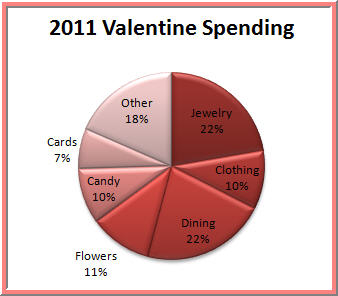When we think of the phrase executive compensation, the first thing that probably comes to mind is all things banking and corporate. Hence it's englightening to see the data compendium that one of the major trade-pubs for our nonprofit industry, The Chronicle of Higher Education, created when they trained a spotlight on the biggest fish in their university ponds- the presidents. We give them kudos for the sheer volume of research work. They found out how much these .edu CEOs make, plus how that salary compares to the average professor's compensation for that institution, plus what percentage that salary is of the total institutional budget, plus they repeated the process 519 times.
To see The Chronicle's impressive interactive infographic (try saying that five times fast) then follow this link to the chart, which also features a series of tabs that break universities down by category.
If you want to know whether the bigwig of your alma matter is in the 99% or 1% as it were, then we recommend purchasing a subscription to the Chronicle. To whet your appetite, here's a peek at the tip-top of that compensation list. (Tip: They culled this salary data from the Guidestar website, which we have also blogged about before here.)













